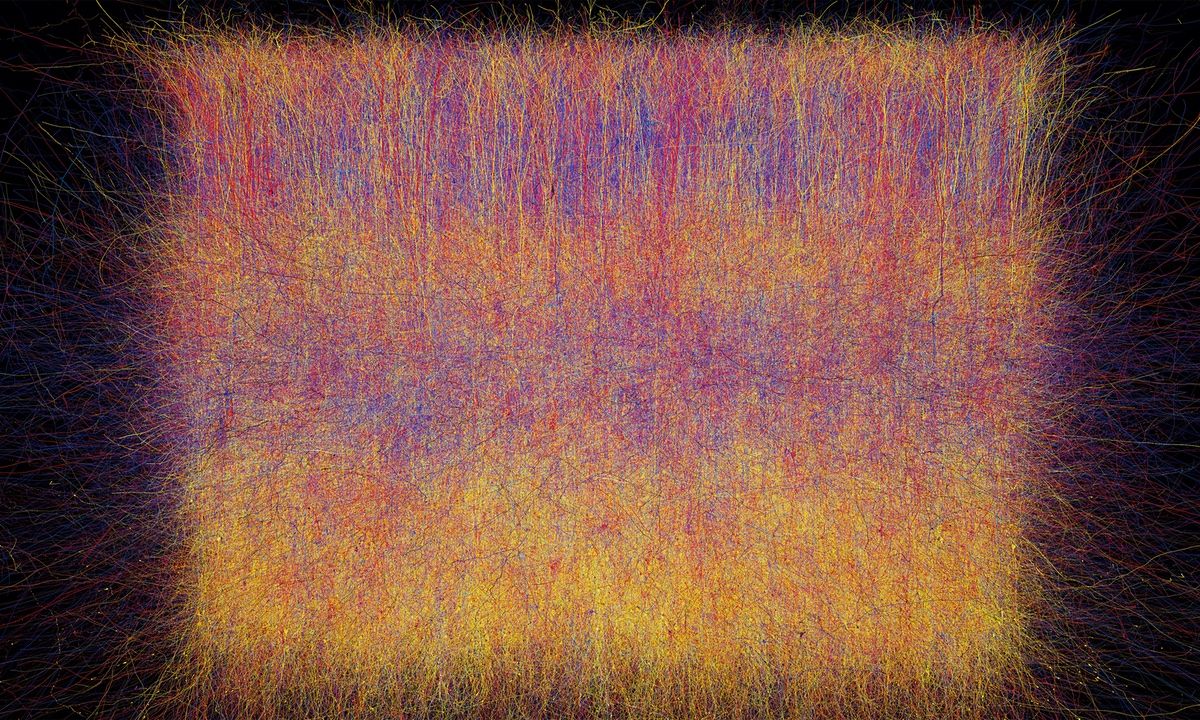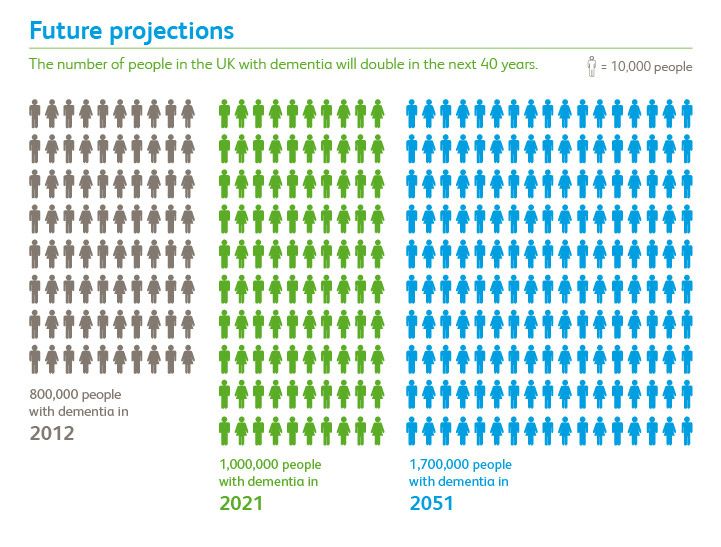Page 12043
Oct 8, 2015
Meet the laundry-folding washing machine of our lazy-ass future
Posted by Shailesh Prasad in categories: electronics, habitats, robotics/AI

https://youtube.com/watch?v=FzZSpiqvb1Q
Socks are the hardest. For a future washing machine that washes, dries and then folds the results, it’s one of the small barriers that remains in that latter stage. But as a research project that started back in 2008, Laundroid is finally getting there. Next year, the collaboration between housing firm Daiwa House, electronics company Panasonic and Seven Dreamers will start offering preorders, the year after that ‘beta’ machines, then folding machines for big institutions, with event full retail planned the year after that — we’ll be in 2019 by then. (That said, the all-in-one model is still at the in-development stage). There’s no price and the presentation we saw added in a bunch of mosaic filtering on top as the shirt gradually got folded so you couldn’t see how the thing actually works. But that’s okay. We can wait. It’s not going to stop us waiting our chore-dodging dreams to come true.
While the video teaser above gives you pretty much nothing of substance, at the on-stage demonstration, we saw a just-washed tee take a matter of minutes for the internal tech to sort, identify and fold. The tech involved is separated into two very separate parts: image analysis and robotics. With a hypothetical bundle of clothes, each item demands different folding (we’re going to say) techniques, so the machine needs to figure what that soft lump of cloth is, then prime it for folding. The presentation here at CEATEC elaborated (if only lightly) on the stages it’s taken to get to here: it’s been a pretty long journey.
Oct 8, 2015
Futuristic Device Fixes Holes In The Heart Without Invasive Surgery
Posted by Shailesh Prasad in category: biotech/medical
Oct 8, 2015
Neat! Scientists found out how to levitate liquid droplets with sound
Posted by Shailesh Prasad in category: futurism
Oct 8, 2015
Complex living brain simulation replicates sensory rat behaviour
Posted by Shailesh Prasad in categories: electronics, neuroscience, supercomputing
Blue Brain Project supercomputer recreates part of rodent’s brain with 30,000 neurons connected by 40m synapses to show patterns of behaviour triggered, for example, when whiskers are touched.
Oct 8, 2015
Artificial intelligence systems found to have the IQ of a 4-year-old
Posted by Shailesh Prasad in categories: computing, robotics/AI
A series of tests designed to challenge some of the best AI systems in the world has pitted them against the human IQ (Intelligence Quotient) test to find that their intelligence currently sits at the level of a 4-year-old child.
Conducted by a team from the University of Illinois in the US, the tests found that our most advanced AI systems match the average toddler in terms of smartness. When the age was upped to seven, the software programs found themselves well beaten.
The IQ test is just one measure of intelligence, of course, and computers are way ahead of us in some tasks (like the speed of their calculations). What the test tries to do is assess the ability of someone to rationally understand the world around them — it’s in this particular area of self-awareness where software is still some way behind.
Oct 8, 2015
Apple has bought 2 artificial-intelligence companies in 4 days
Posted by Shailesh Prasad in categories: mobile phones, robotics/AI
Apple has bought a company that makes image-recognition technology for smartphones, its second artificial-intelligence deal in four days.
Oct 8, 2015
Scientists just got a first glimpse at the color of Pluto’s atmosphere, and it’s unlike anything they expected
Posted by Sean Brazell in category: space
The growling list of mysteries surrounding Pluto just got longer. On Oct. 8, NASA released the first color photo of Pluto’s atmosphere, and the shade they saw was anything but expected:
Oct 8, 2015
Metamorphose: 1999 Documentary Reveals the Life & Work of Artist M.C. Escher | Open Culture
Posted by Odette Bohr Dienel in category: media & arts
 https://www.youtube.com/watch?v=GCiqqszGT6Y
https://www.youtube.com/watch?v=GCiqqszGT6Y
“Made in 1999 by Dutch director Jan Bosdriesz, the documentary Metamorphose: M.C. Escher, 1898–1972 takes its title from one of Escher’s more well-known printsin which the word “metamorphose” transforms itself into patterns of abstract shapes and animals.”
Tags: art, Geometry, Graphic Art
Oct 8, 2015
Our Aging World: The Striking Statistics About Dementia
Posted by Roy in categories: biotech/medical, health, life extension, neuroscience
Today, dementia affects over 46 million people worldwide, by 2050 it will affect more than 131 million people.
Global costs of dementia are estimated at $818 billion. As a result, if dementia care were a country, it would be the world’s 18th largest economy.
Dementias are one of the most expensive diseases for the healthcare system as patients require long-term care with daily activities like washing, getting dressed and eating. It has been estimated that the US health care would save an astonishing 40 billion dollars annually if the age of onset for Alzheimer’s disease was delayed by just 5 years. The estimated annual cost of dementia worldwide is 818 billion dollars, more than the current US defence budget. By 2018 the cost may reach a trillion dollars. Remarkably, if dementia were a country, it would be the 18th largest economy on earth.














